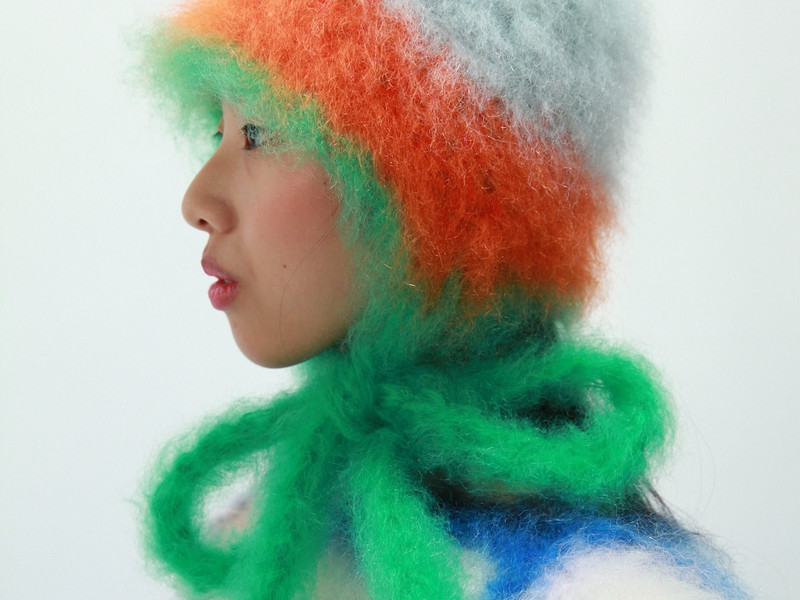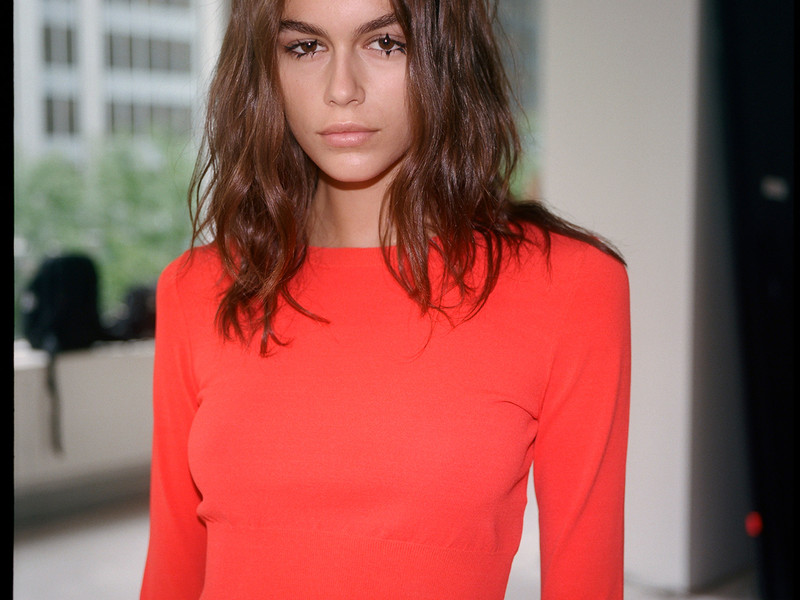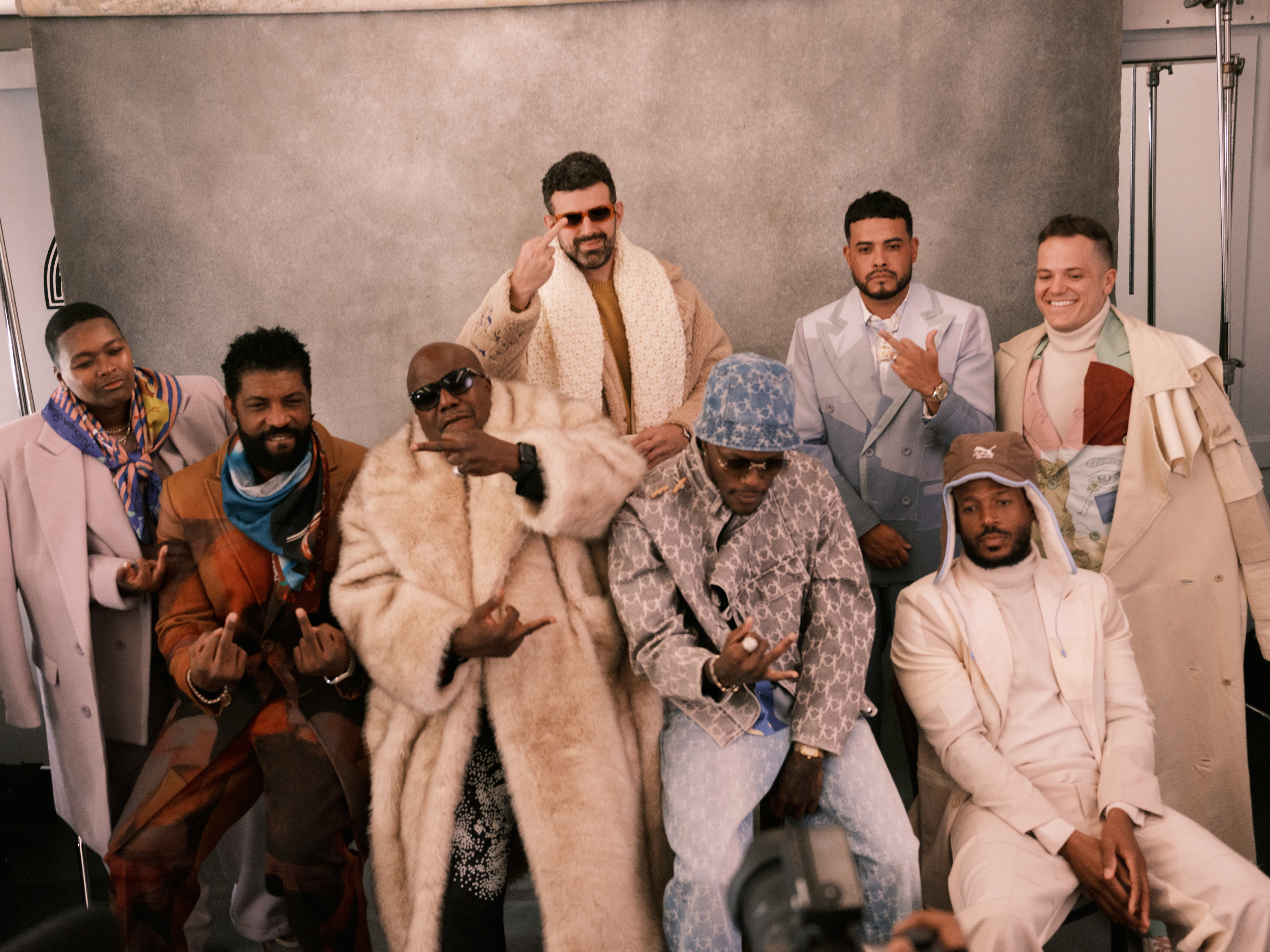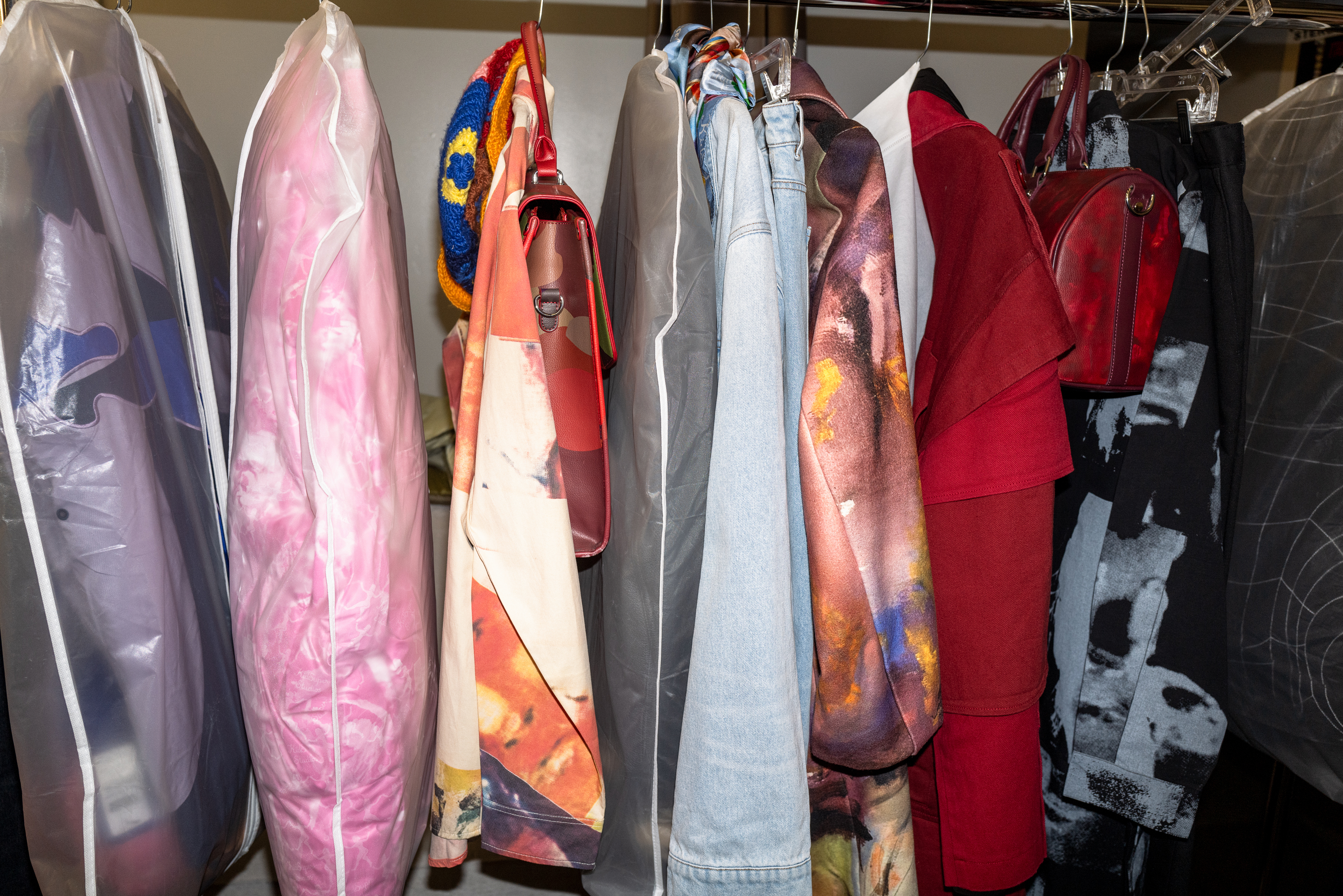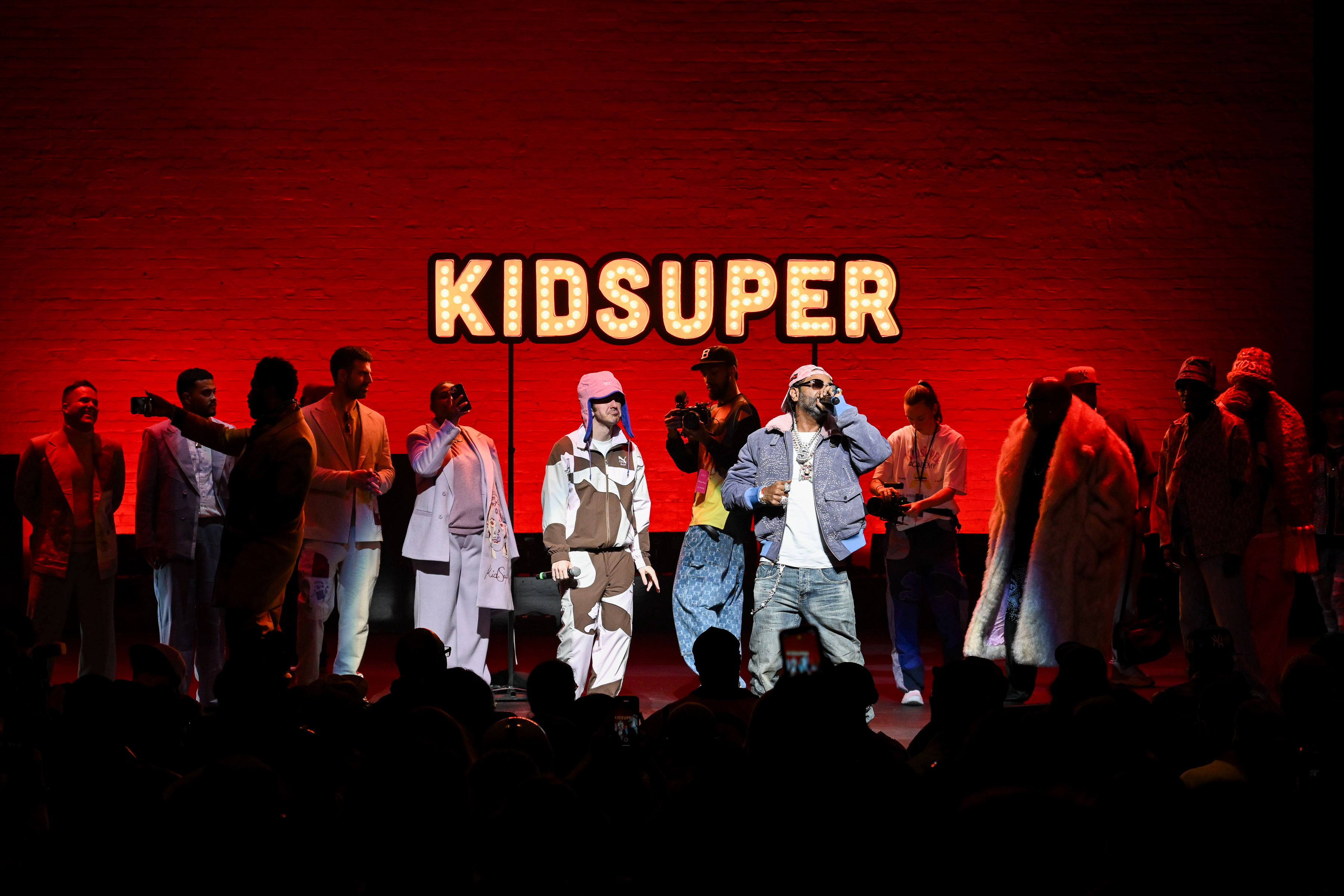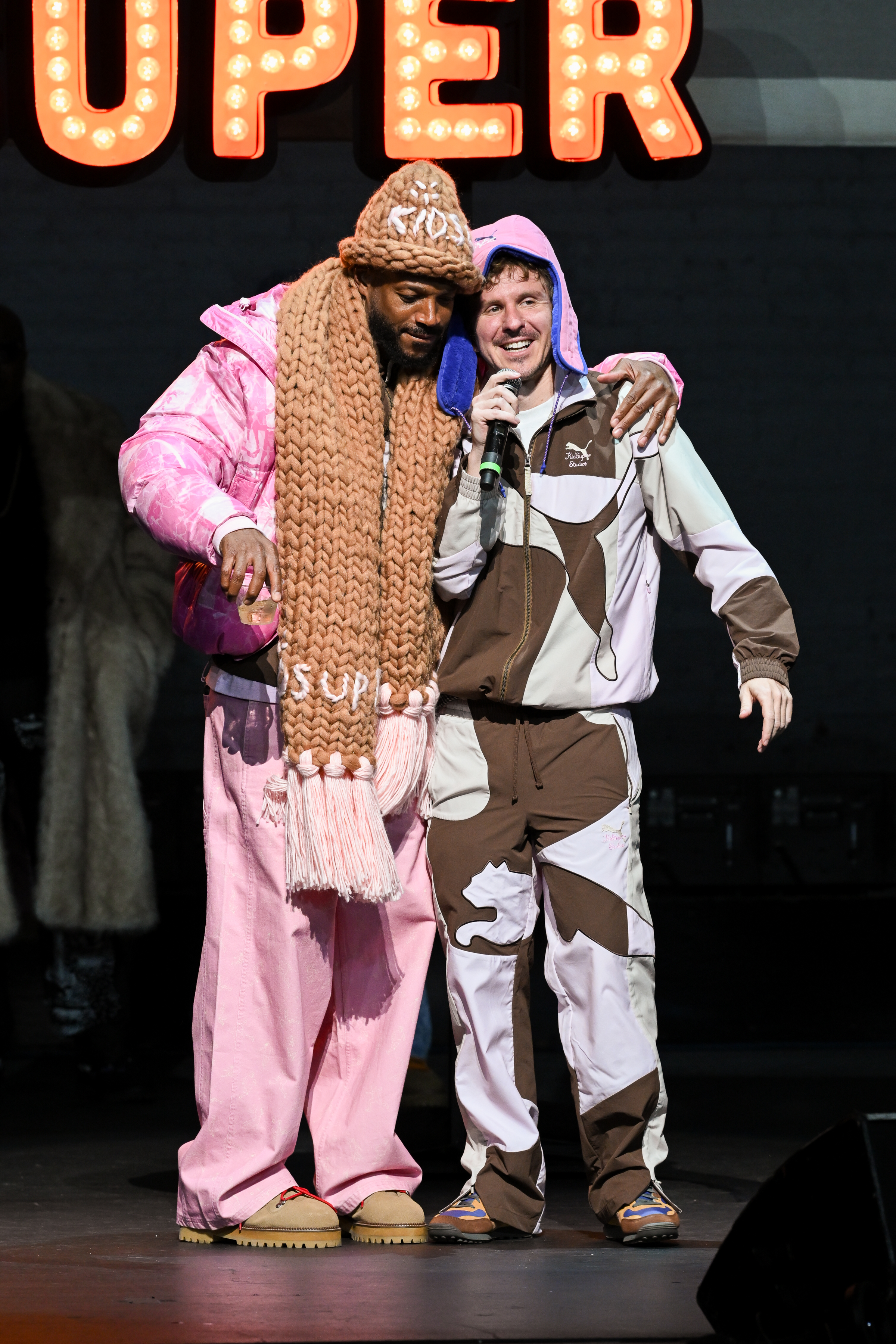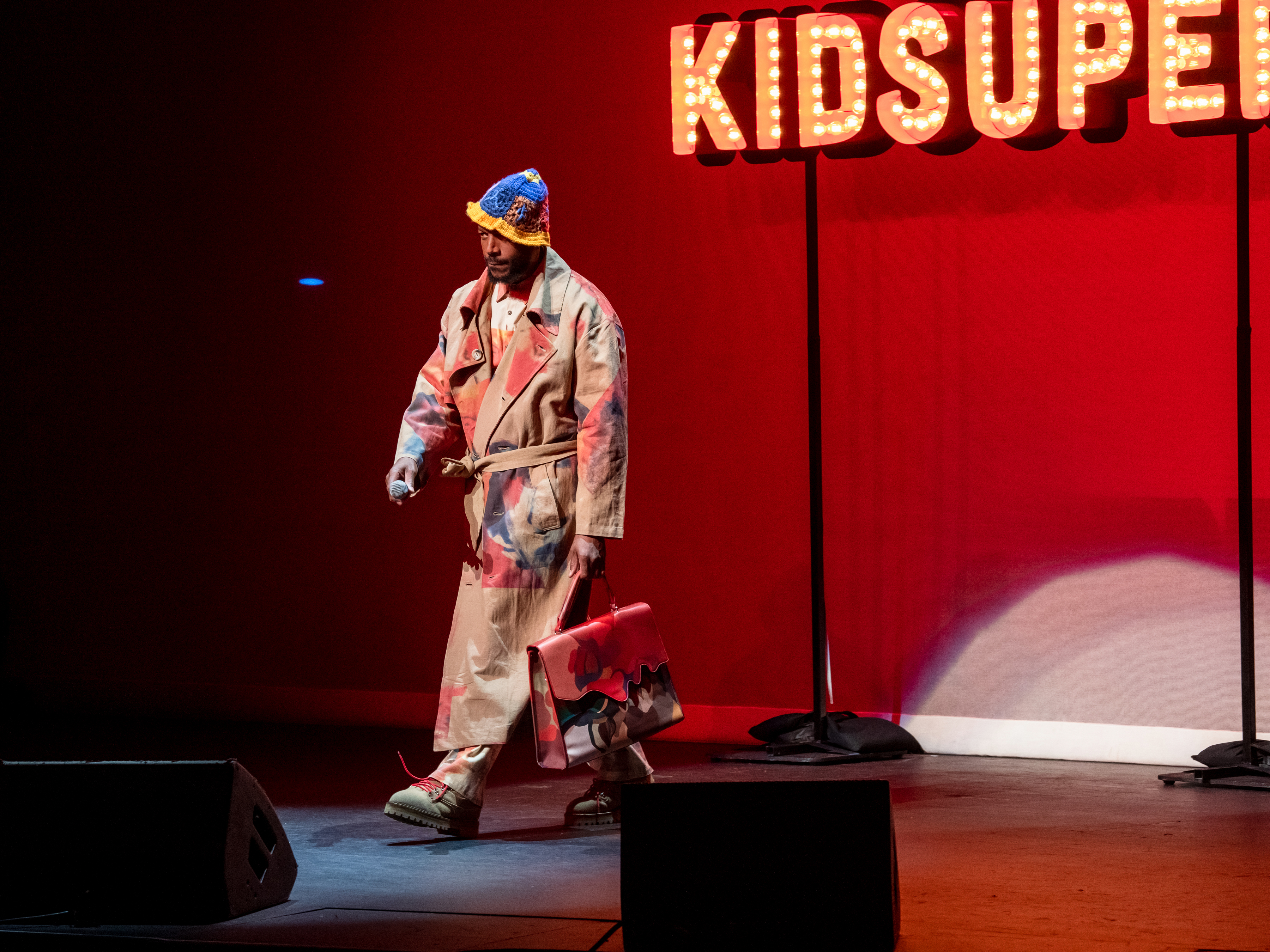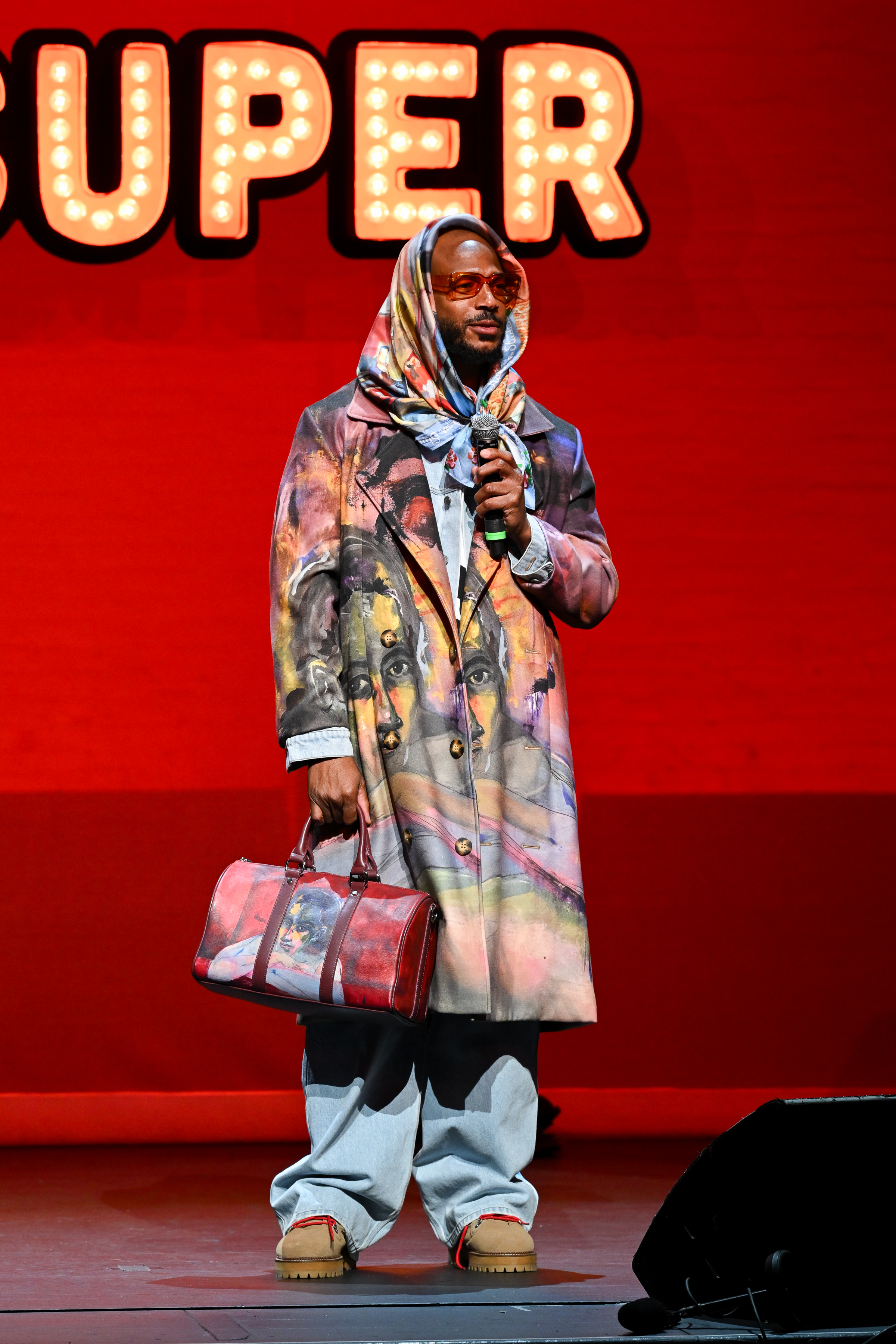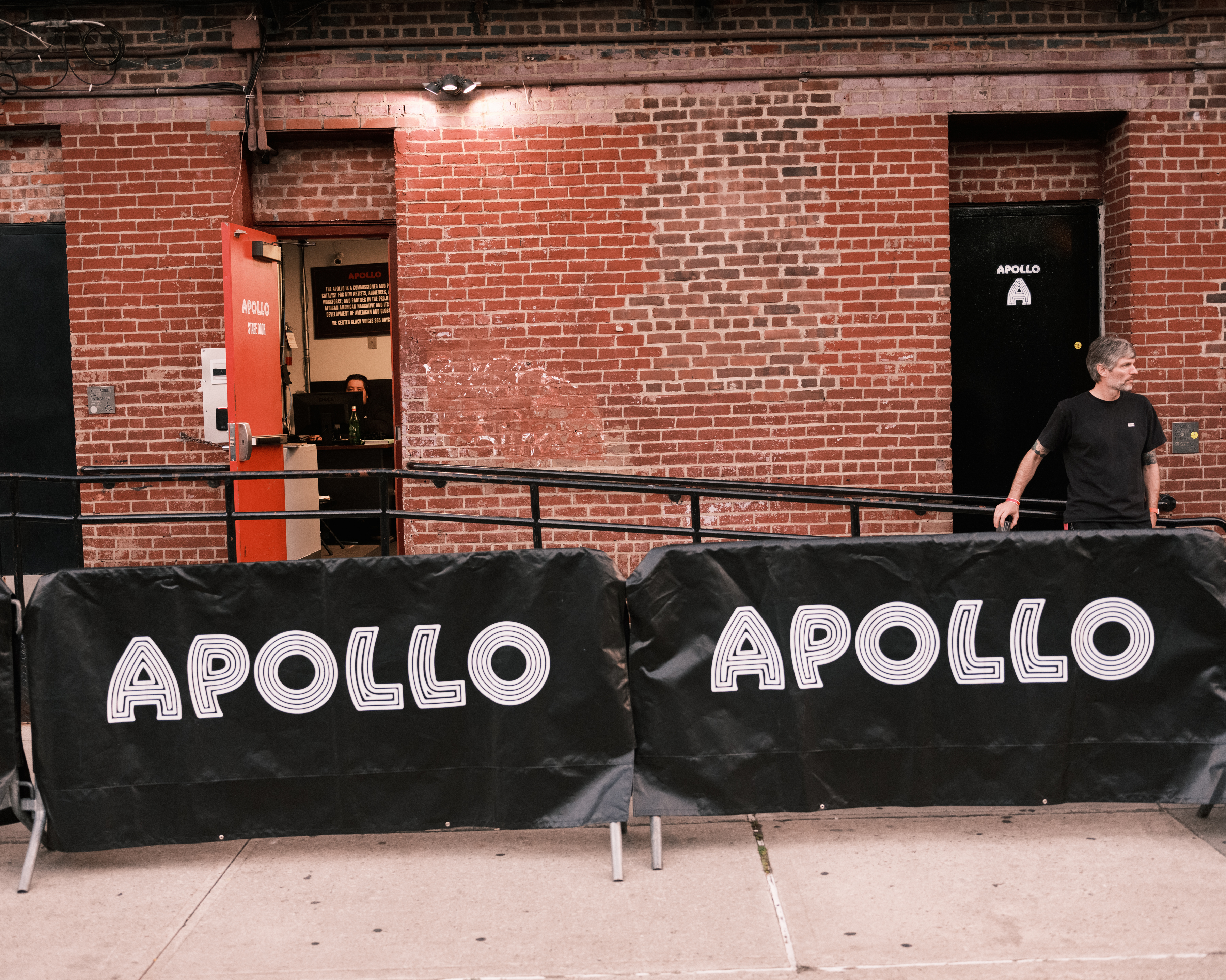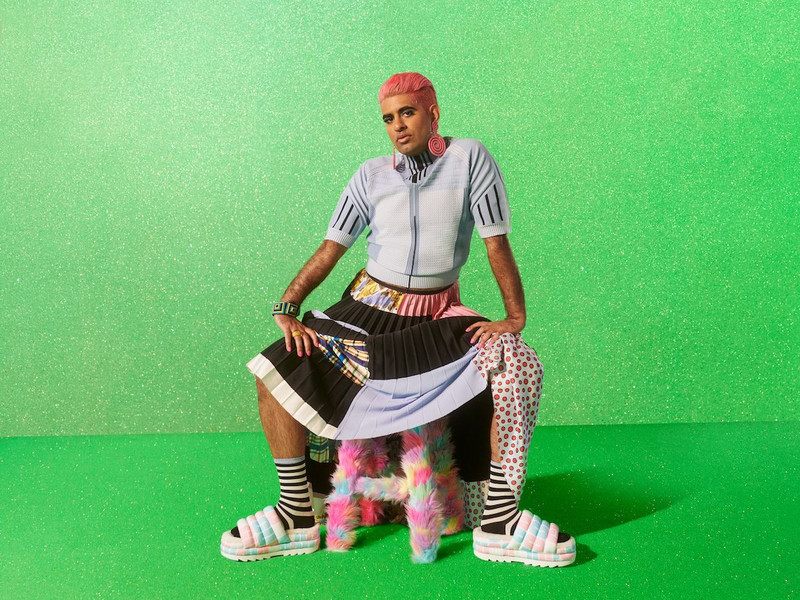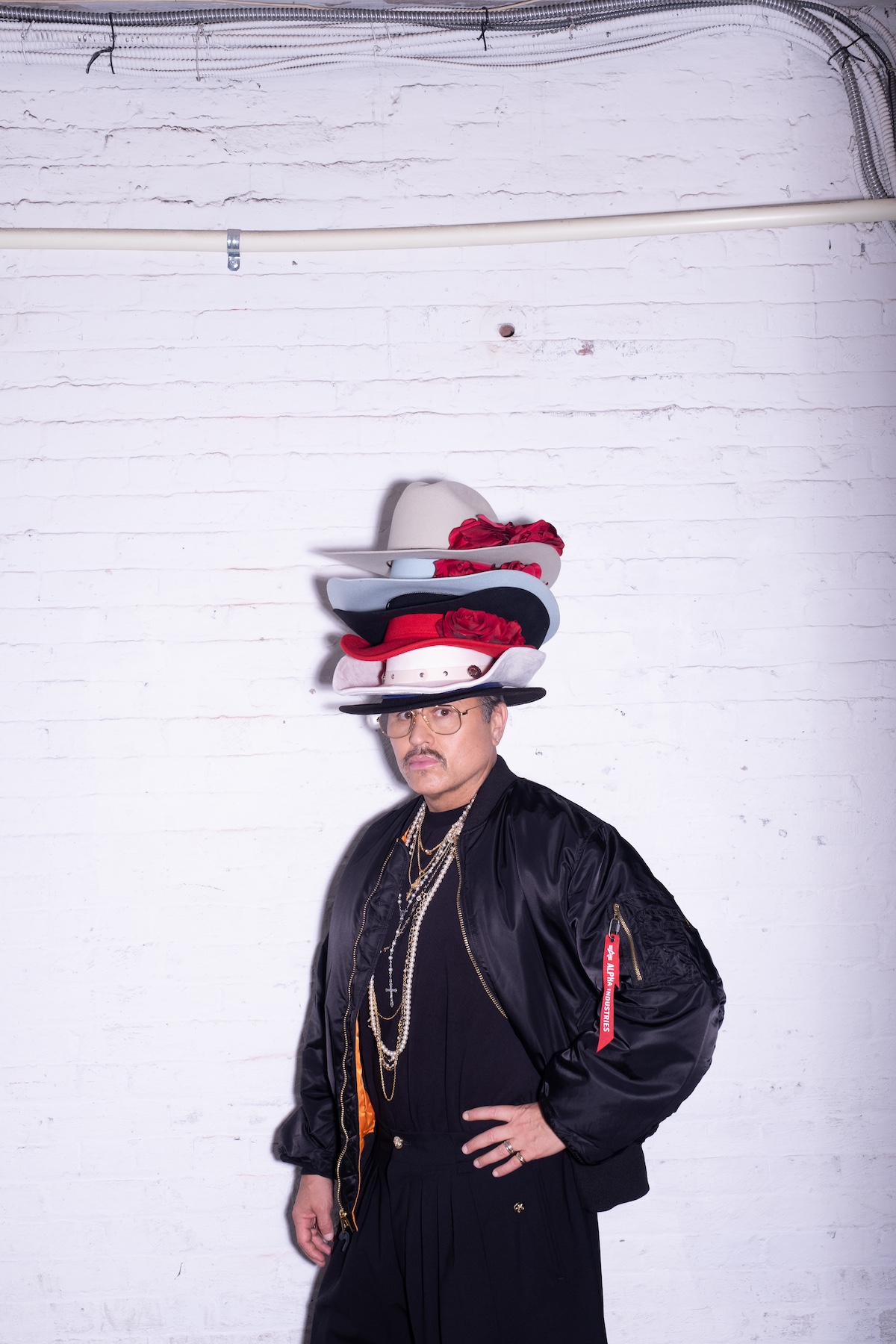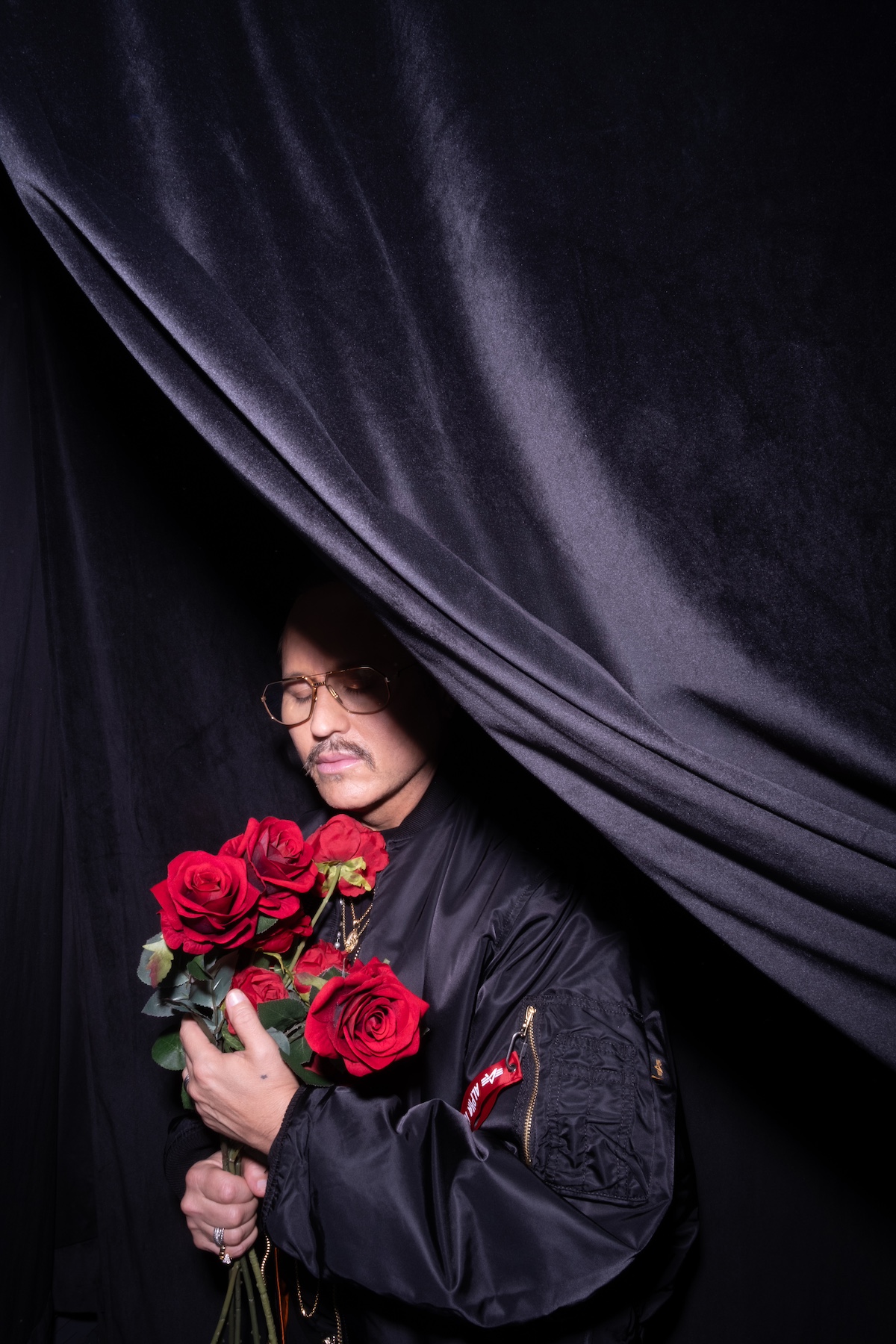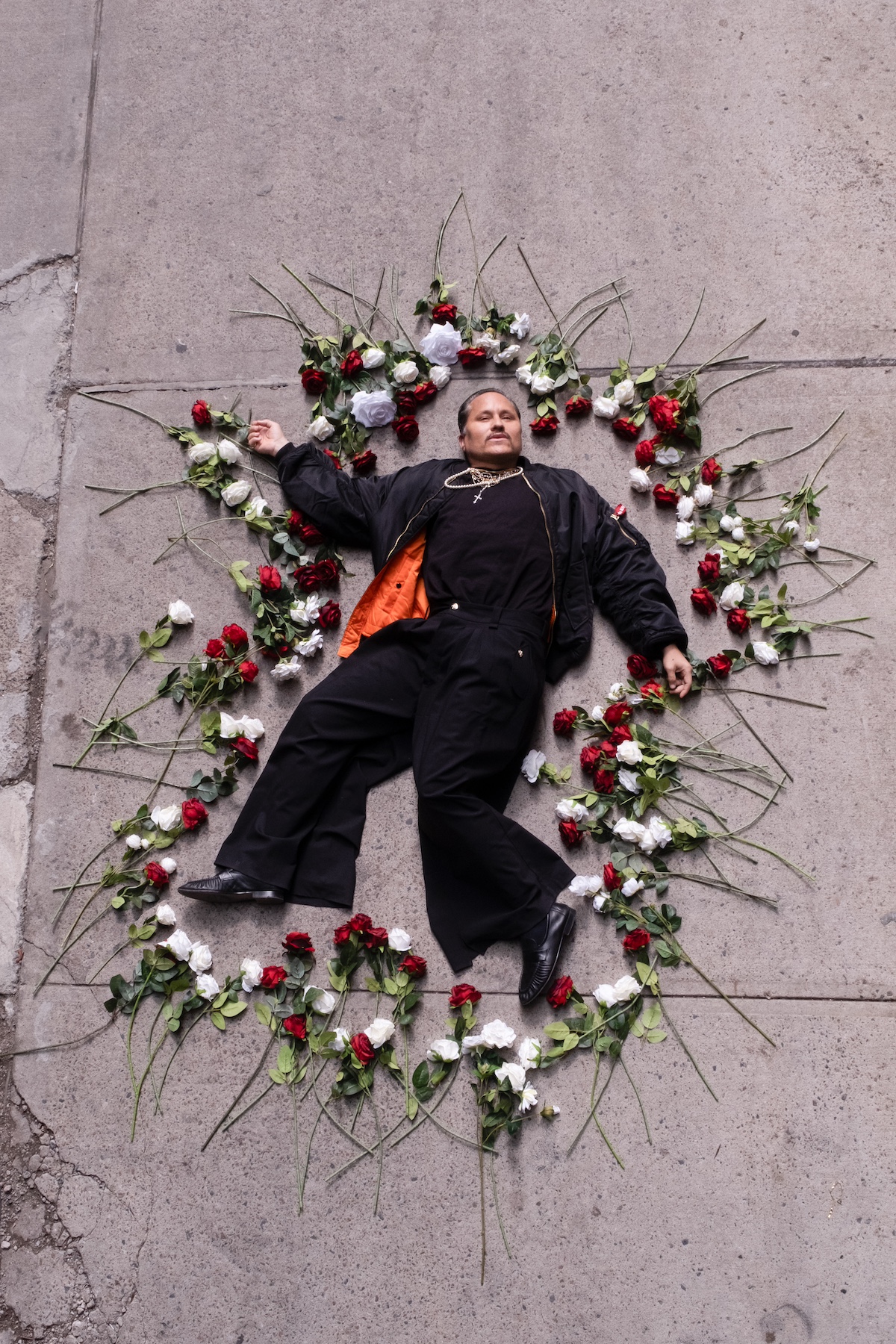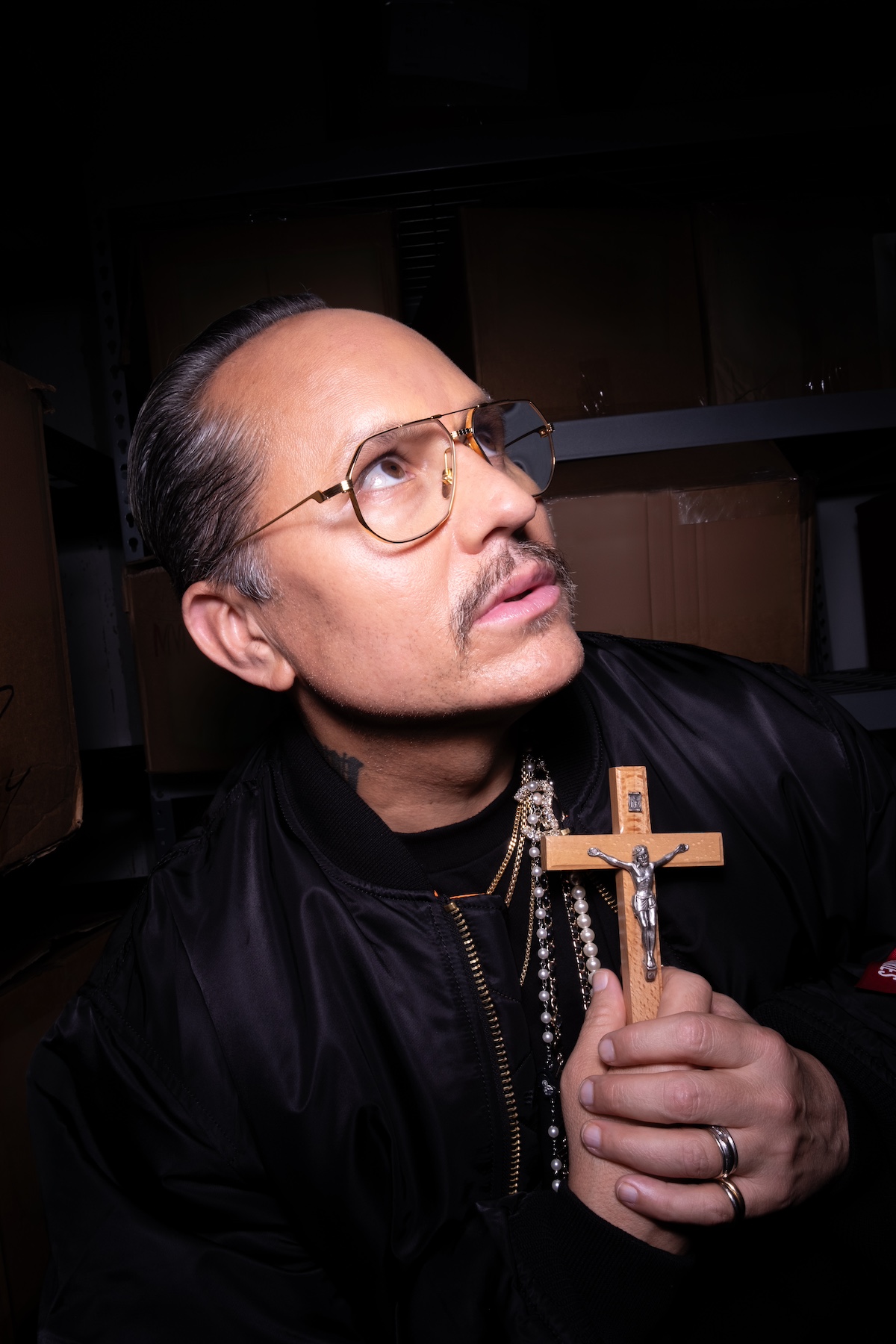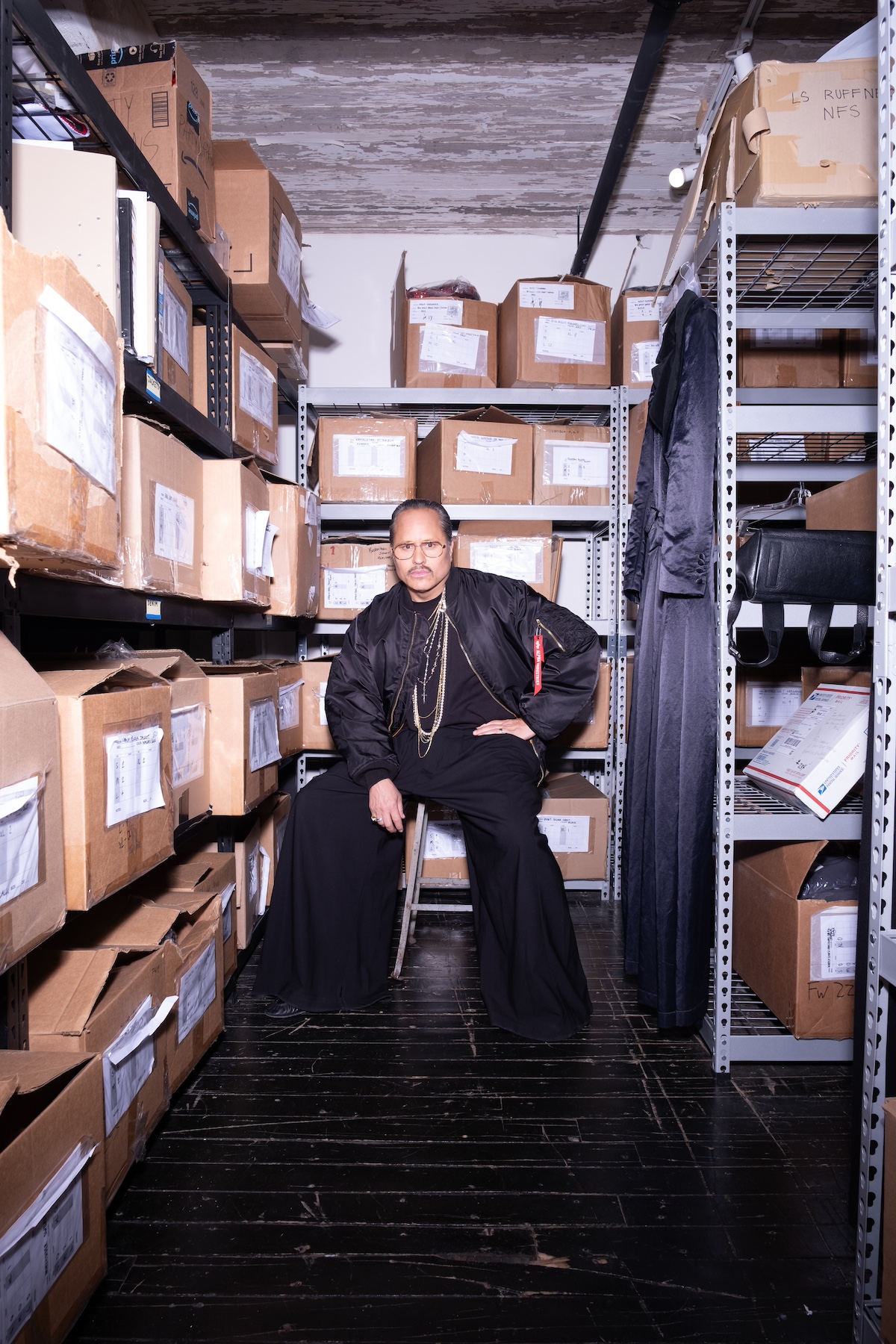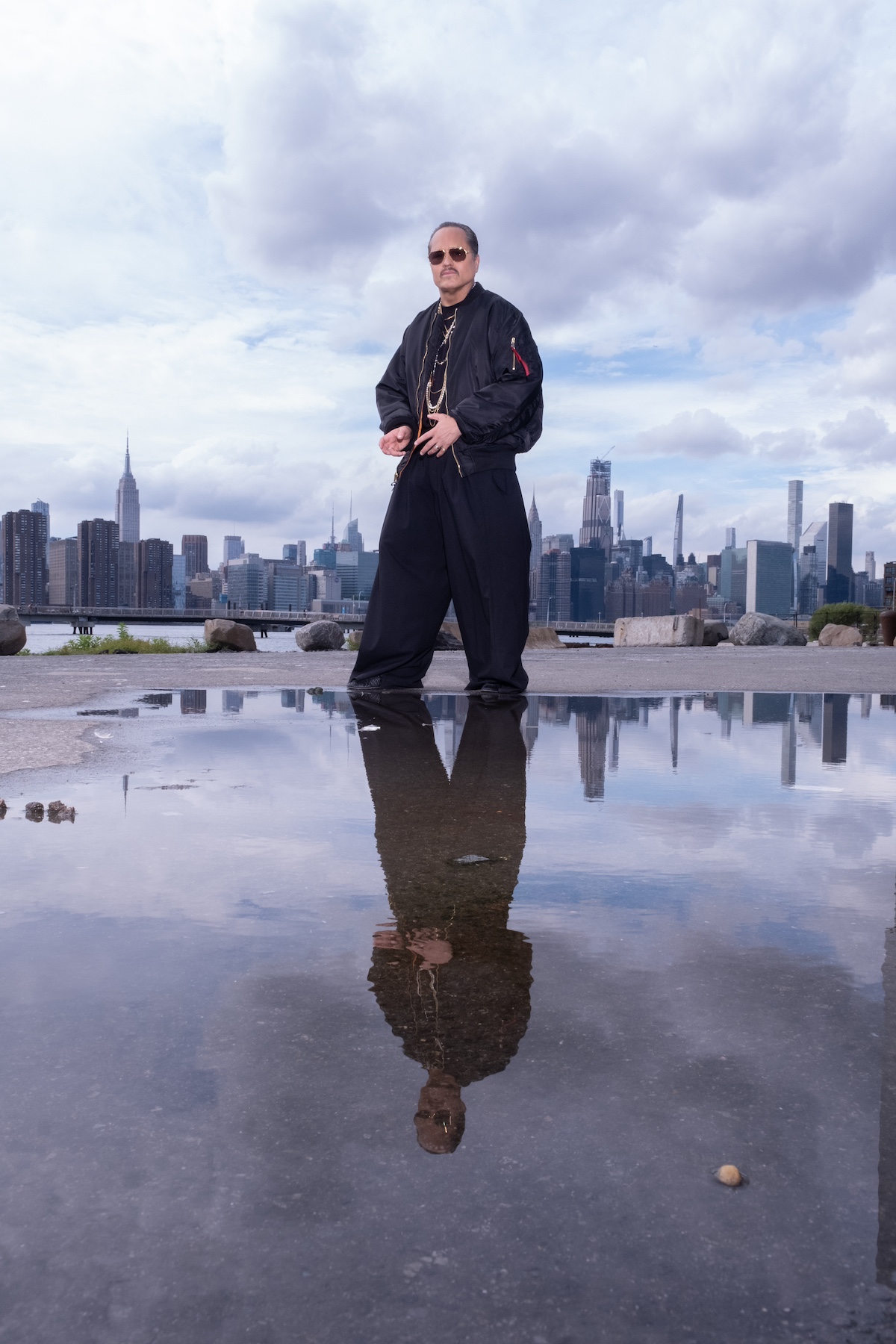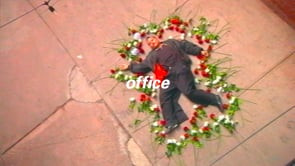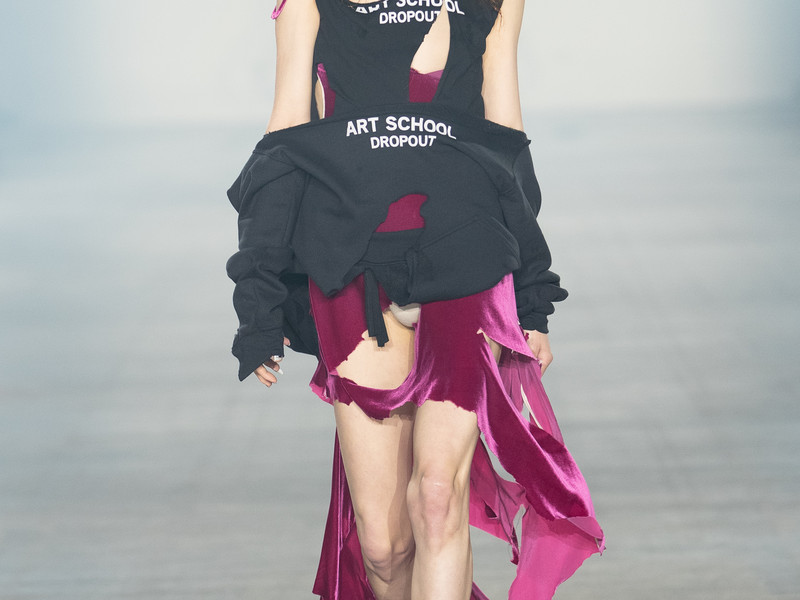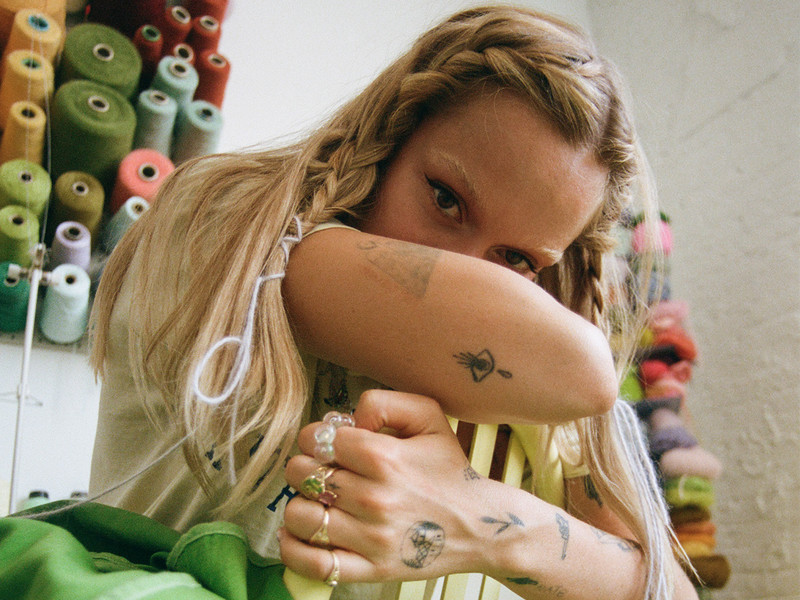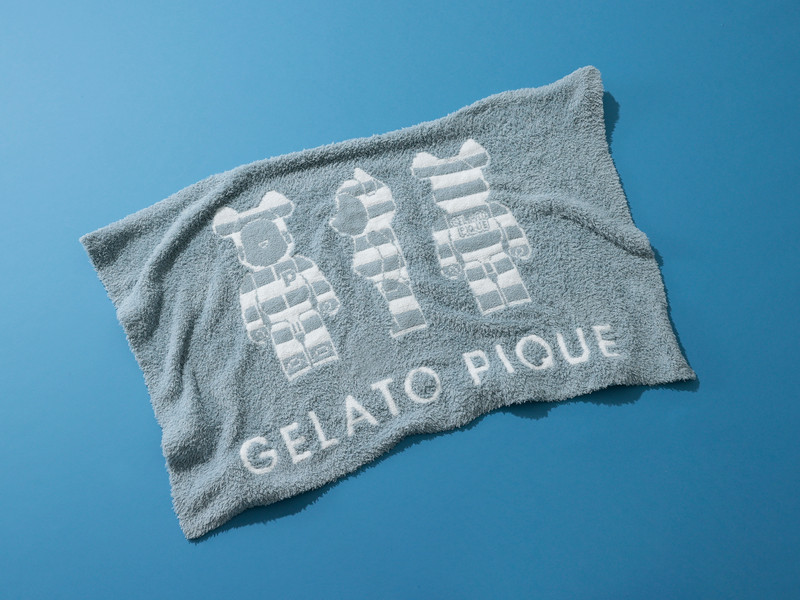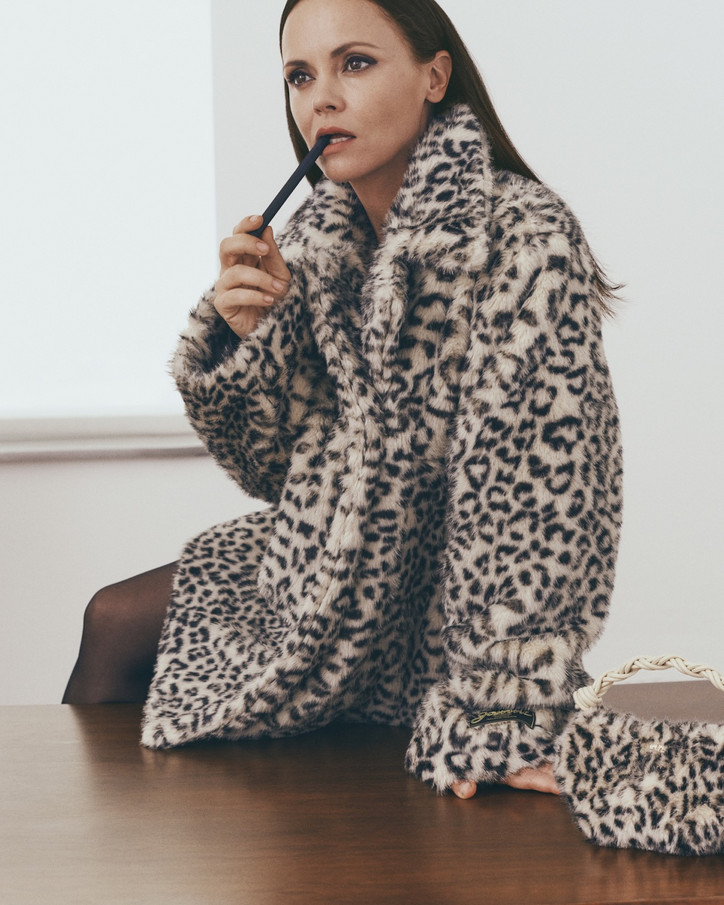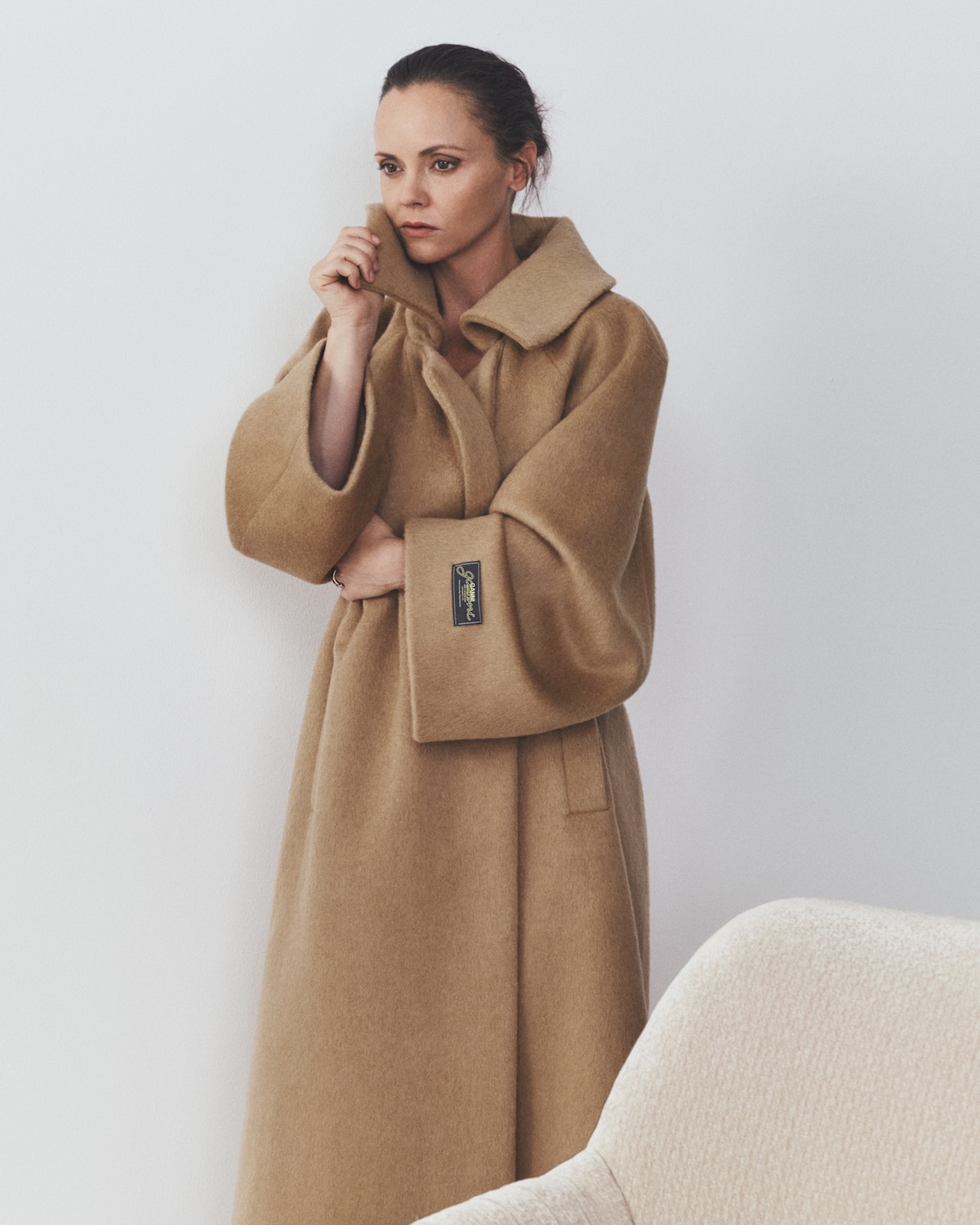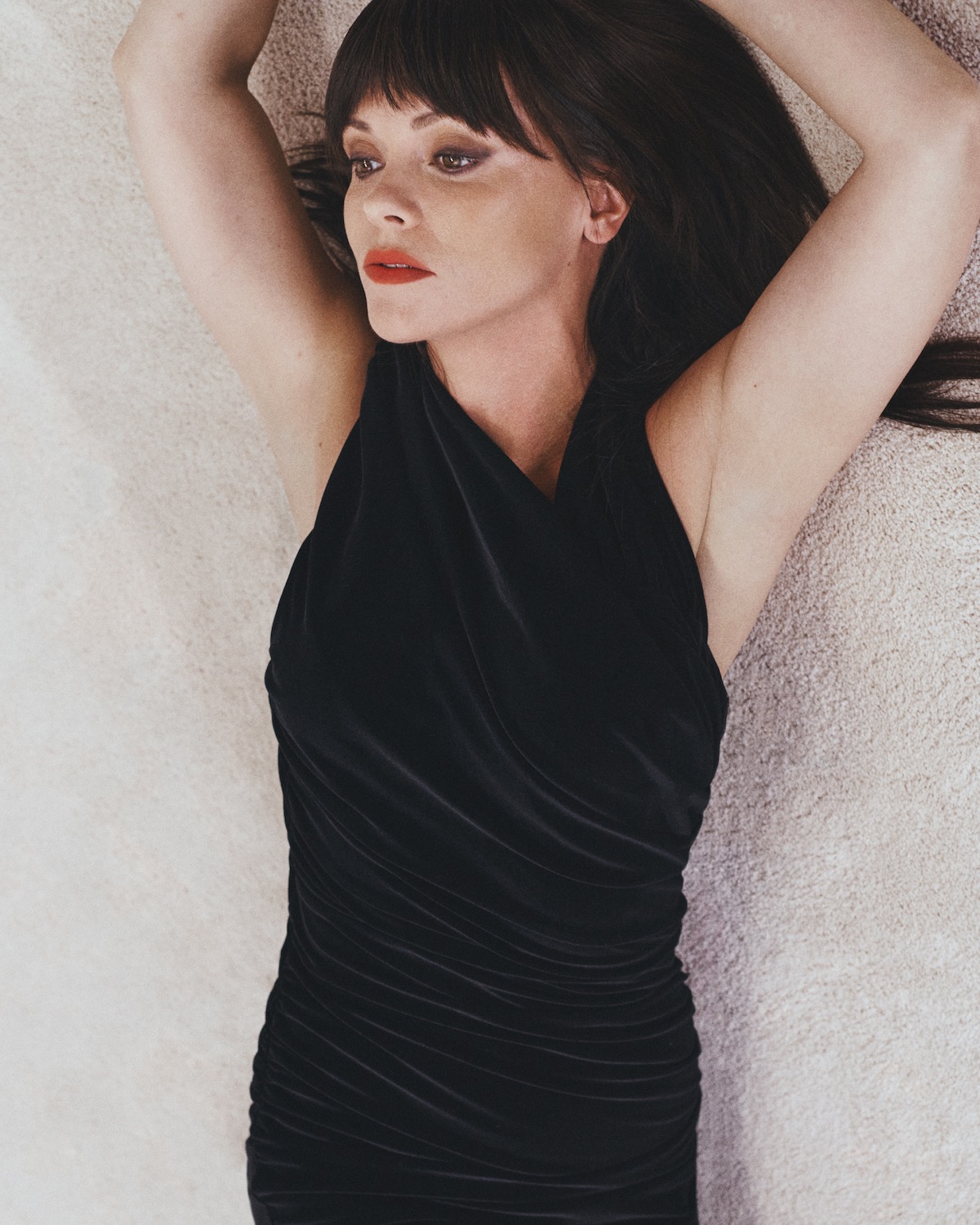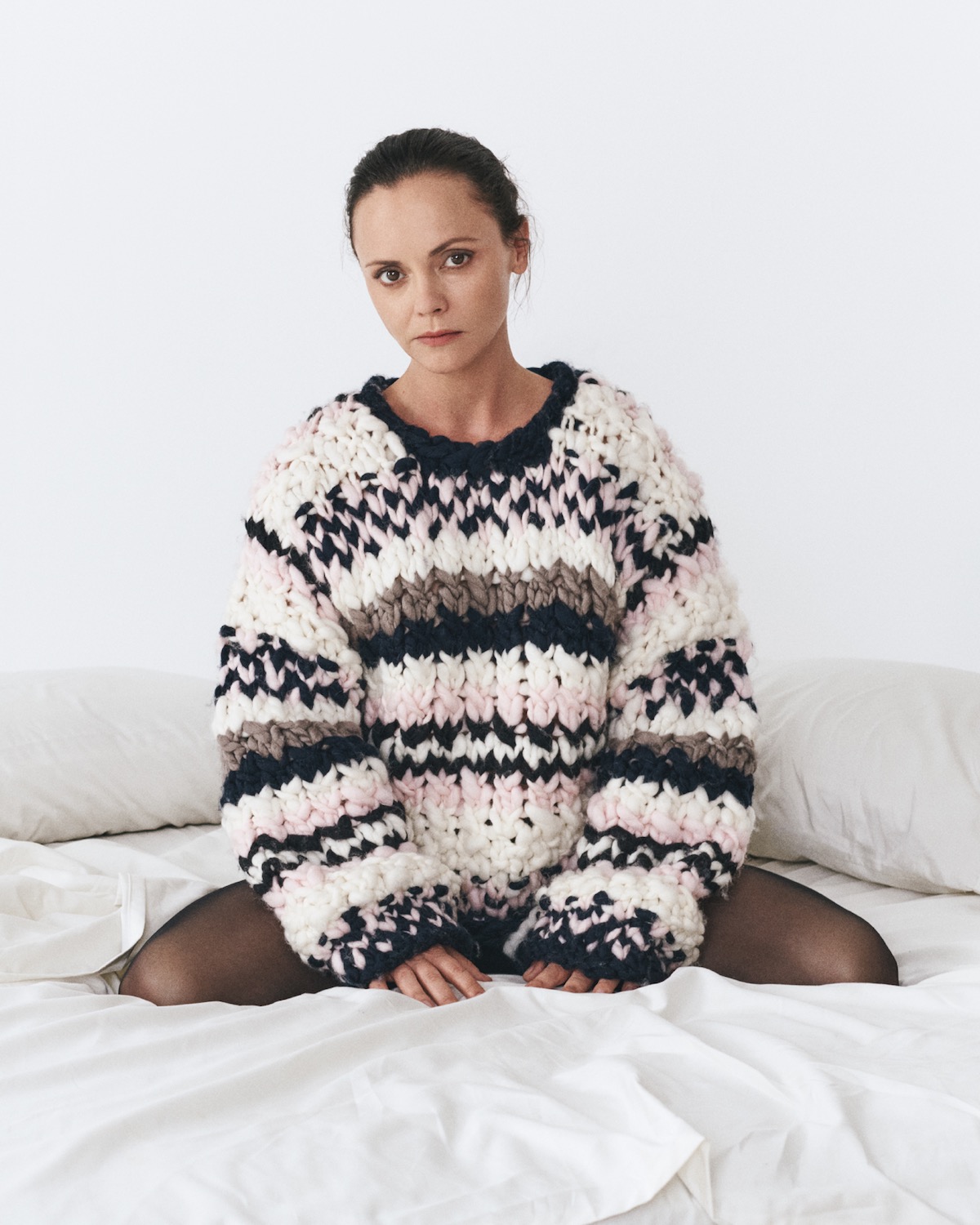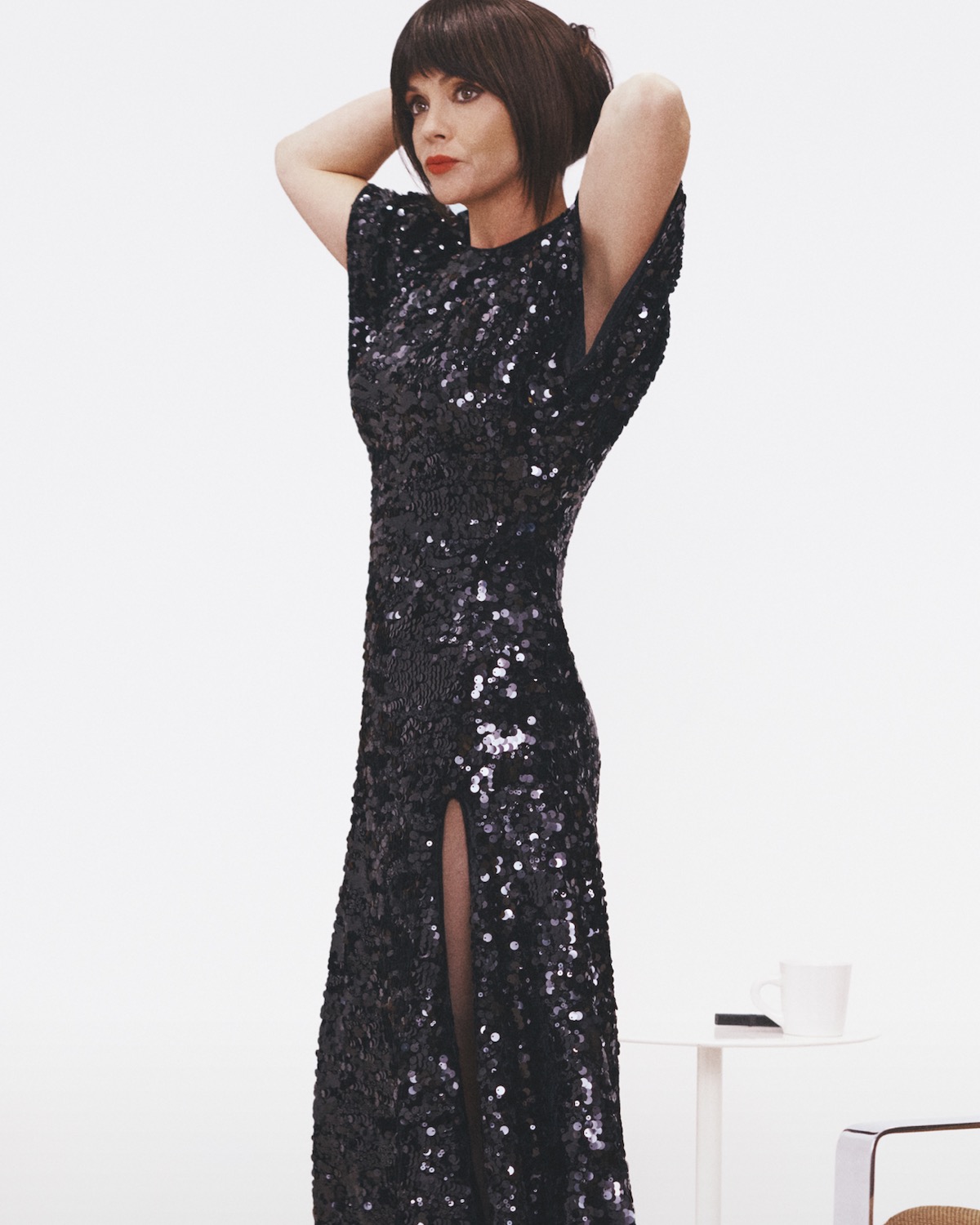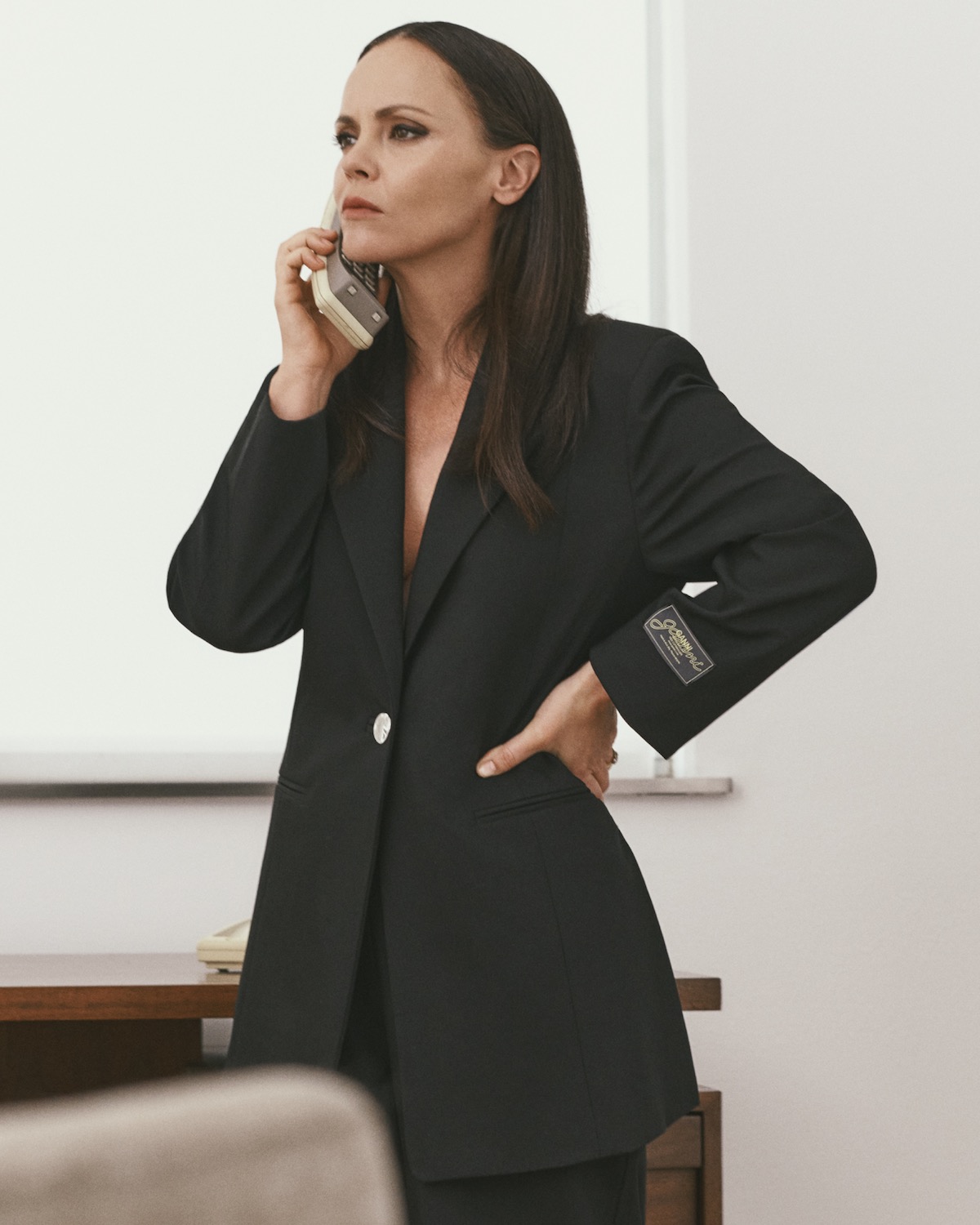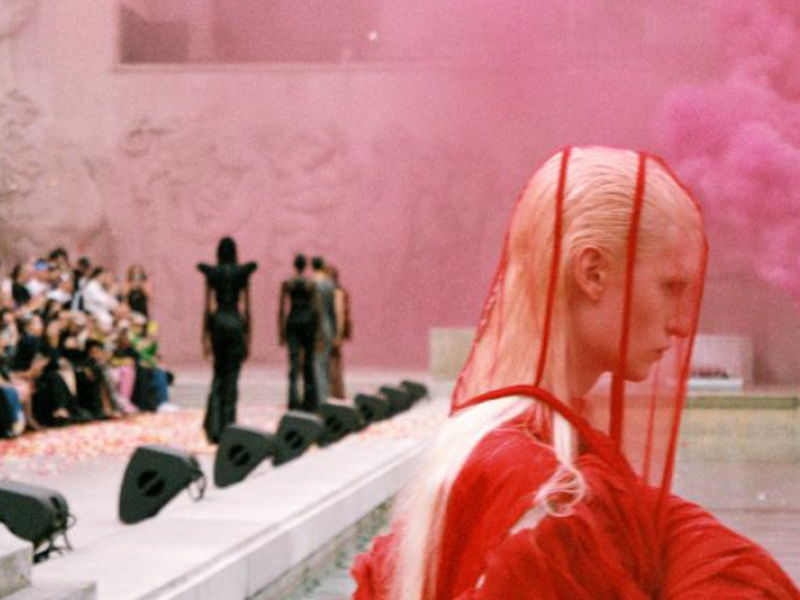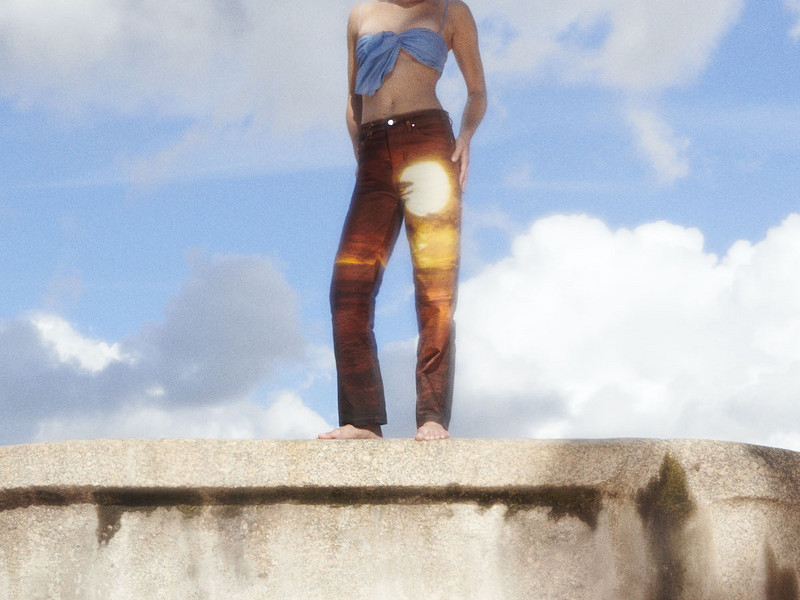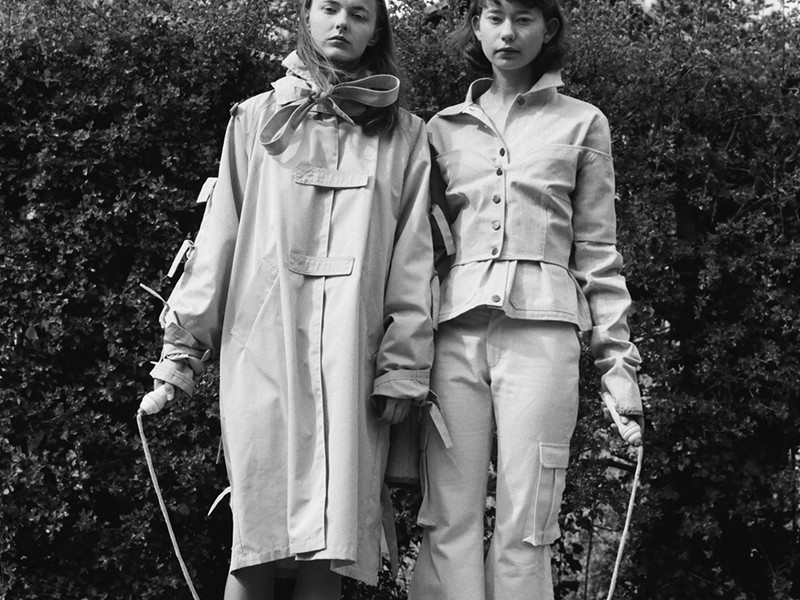Outlier wants to make your life easier
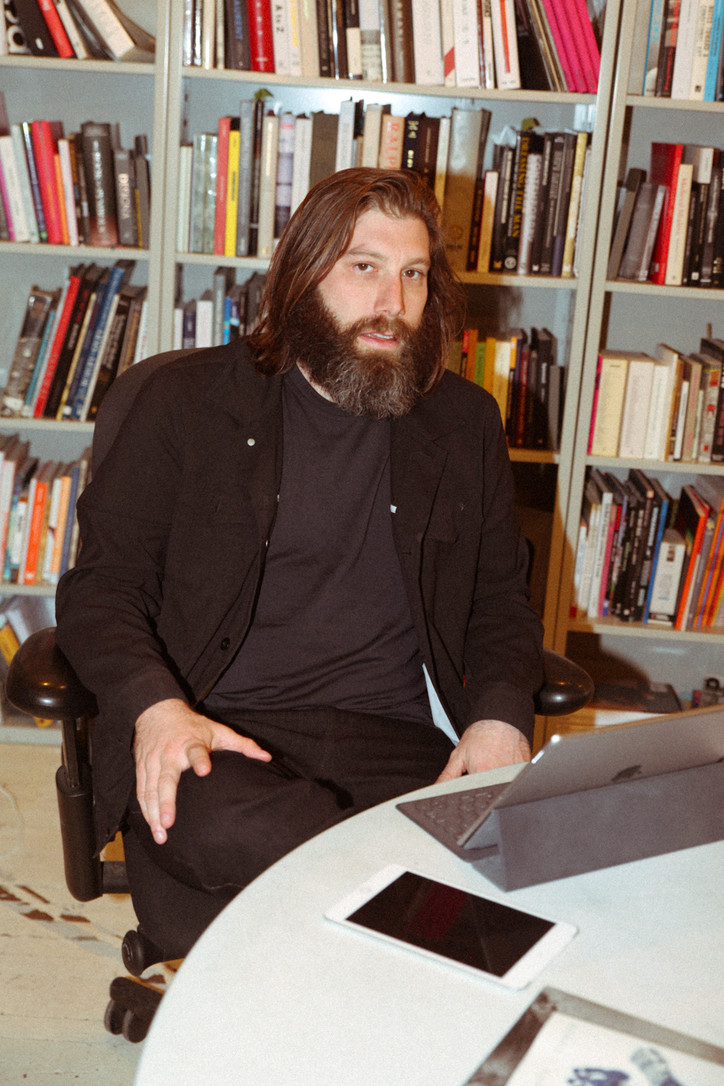
The designers originally came together to work on garments that would hold up for work after a bike commute. And while they no longer focus specifically on cycling or even athleticwear at large, Outlier’s mission seems to be centered around functionality, and condensing the number of garments people need to buy (an admirable, if somewhat counterintuitive, stance for a clothing company). Their pieces use specially designed fabrics to allow the wearer more flexibility in daily life—for example, Outlier uses a special merino blend that is light and keeps odors away, allowing someone to wear the same nicely tailored shirt to both the office and the gym. The brand is all about freedom.
Outlier maintains a beautiful office and studio in a giant warehouse in Williamsburg. We met Burmeister there for a chat about how his clothing can make your life easier.
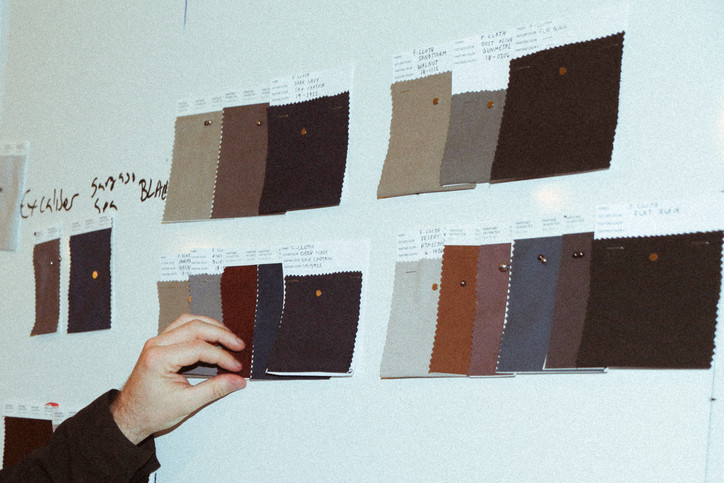
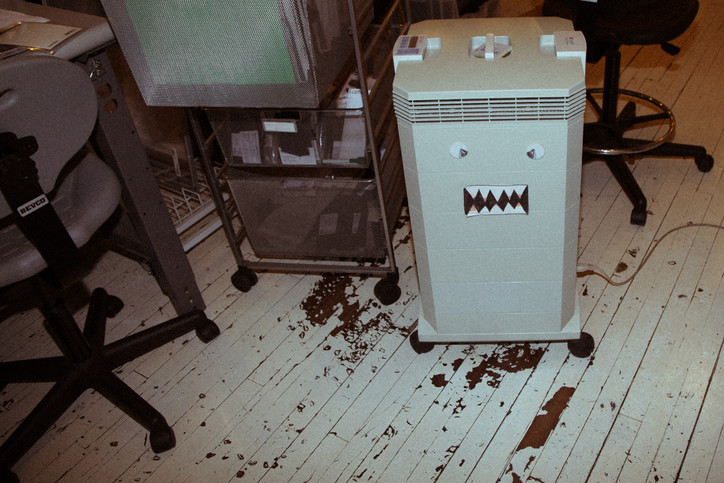
In the most basic sense, how would you describe Outlier?
The way we really look at it is like we're a renegade materialist company. We're interested in finding and taking the purest, craziest materials we can find and transforming them into really powerful objects, which is what's missing from the market right now. There's a lot of mass stuff out there, and we're just sitting in and building the most quality product that can actually impact how you live on a day to day basis, in a subtle way.
I mean, it's clothing, right? But you know, clothing is everything—you wear it every day. Every person in the world, basically, is wearing it every day, and so it protects you, it communicates something to other people. It restricts you in certain ways and it enables you in certain ways, and so we're trying to build the best possible products that people can [use practically].
In the description on your website, it says “profit should never be the reason a company exists.” You've been around since 2008. So, how do you survive and expand and thrive?
We focus on product. We try to make the best possible thing, and it has to be sold at a positive margin in order for us to survive. We're not sitting there trying to figure out how to squeeze the most money out of it, we're trying to figure out how to finance the next product. This analogy that people use is that it’s like a road trip. If you go on a road trip the goal is not to put as much gas into the car as possible, but you can't run out of gas, right? We wanna have enough gas to get to the next journey, but the journey is the important part.
To me, what it seems like Outlier sells and what's missing from the mass market is convenience. These products just make the way you move through your day simpler.
For us, it's less about convenience and more about removing the subtle restrictions that certain things put on you. Like when you get dressed in one way it codifies you into a certain world view. You're like, "This is what I can do." And physically it does too, often, right? Take a suit and tie. Suits were originally super functional garments—if you break it down it's like a layering system for staying warm and staying clean when people only had two sets of clothing or something—and now it's become kind of a constraining garment for people. We're just kind of tearing those constraints apart and letting you be like, "actually, maybe I got to go and meet with these business people and look this way, but I can also run, jump, whatever, go, turn around and be traveling across the world." I guess convenience is part of that.
It seems like it makes things a lot easier for people who wear it.
Yeah, we want to ultimately make you feel like you can do more, in a very subtle way.
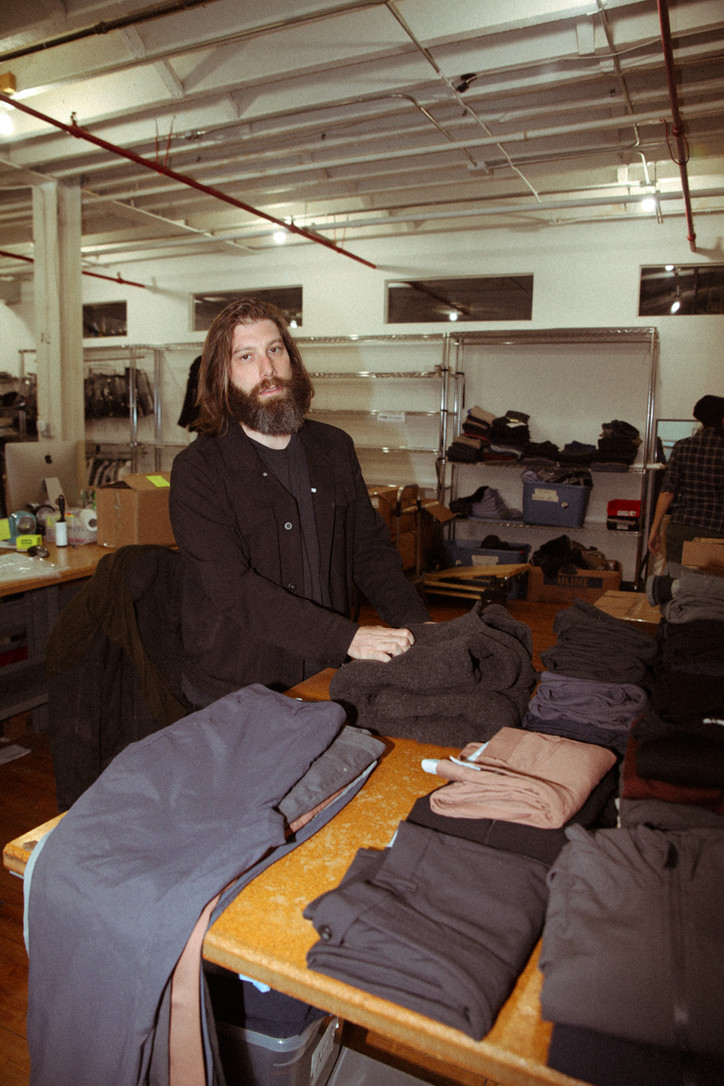

How would you describe the aesthetic?
For us, it's material driven. We are sitting here in the fabric library and we kind of listen to the materials and try to bring them to their fullest potential. It's urban. We only sell men's clothing right now, but we have done some limited amount of women's in the past.
But it's all certainly wearable for women.
We try to make things very flexible and versatile. So we're driven by the materials and then we try and bring them to the form that they want to be in, and sometimes that's about re-materializing something very classic, and sometimes it's really about playing with the form and trying to find the new shapes and new ways for the fabric to express itself.
We collect a lot of fabrics. We spend a lot of time traveling the world looking for crazy stuff and then we bring it all in here, so this is kind of the library of possibilities, in a way. In terms of what we're working with, we find the things we love and explore them. Like this scuba wool. There’s compression, and there's wool on the inside and polyester on the outside. There's a version with wool on both sides that we're also looking at. We love it, but we don't know what to do with it yet.
Where do you source your materials?
Well, we're trying to find expertise, so it might be the U.S. or it might be Italy or Germany or it might be Japan, but it could also be Thailand or China. We source from all those places and more. We’re always looking for things that we repurpose. We go to shows where they're showing stuff for something like fire departments. Or, once, we saw this fabric that was designed for cleaning out the inside of nuclear reactors.
Some of the core stuff, the original stuff, was more simple. We would [take ideas] from like the ski world or the equestrian world and put that into a more urban context. So that's sort of where we started—going into the outdoor thing and finding specialized things. It’s a constant hunt.
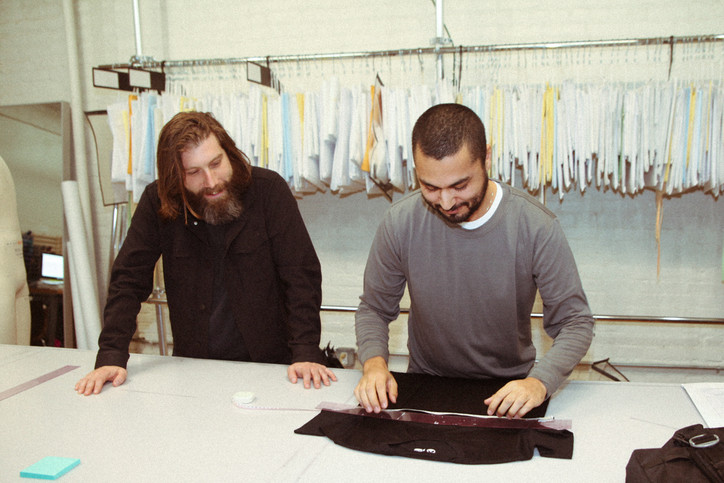
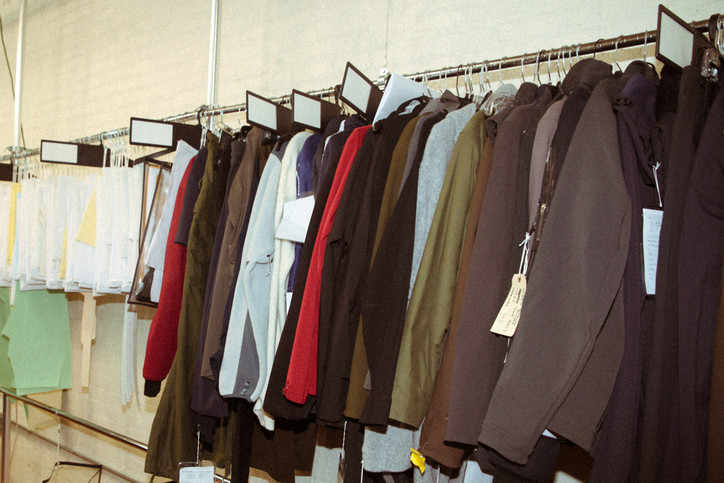
Would you classify Outlier as an athletic brand?
The main thing for us is that we like to constantly be learning and pushing ourselves and going. We're more concerned with where we want to get to than where we're at. We were most interested in experimenting as much as possible and pushing the boundaries. We've been doing a lot of very material-driven kind of like classic stuff, and then we're playing with the form on the edges, and we want to really start playing more with the forms and structures, and kind of flowing a little freer in that regard.
Now we have to reevaluate a little bit. The [political] climate is very different, and what we need to be doing is maybe different, so that's a big question for us.
You know, we do make some pure athletic clothing, but when we do intersect with things—and we intersect with a lot of things, we intersect with sports, and we intersect with fashion, and we intersect with the outdoors, and classic menswear—but when we do intersect we like to do it in a way that kind of allows you to transcend the boundaries, rather than dial them in.
When we do try to pick something to focus on, we try and be very intense about it. We have a series of these performance merino products, and so we have something we call "the Runway Merino" and it's a merino blend with a thermal jersey synthetic, right? It's exclusive to us right now, and it dries faster. It has this beautiful merino, which is a classic, natural fiber, and then it sort of brings this sort of synthetic world in, which allows it to dry a lot faster and really give you that performance aspect. When we sew it up we sew it up into classic t-shirts and long sleeves, so that you can go running in it, you can go to the gym in it, but you could also just wear it, and you don't look like you just came off the soccer field.
I hate when we're forced to wear something like Lululemon after the gym. [Laughs] This is a great way of keeping up a certain elegance.
And there's a level of trying to incorporate activity into your daily life in a way that's very regimented for certain people. And it's worse for women than men, right? You gotta have your gym clothes, and your work clothes, and your going out clothes, and we're kind of like "No, fuck that. We should smash through it." You get dressed and if a friend says, "let's go climbing," you go climbing, your friend says, "let's go to the club," you go to the club, you go to work—whatever it is. You should be able to navigate the physical side of it and the social side of it.
This is gross, but what about controlling sweat smells?
Merino is a big part of that. Merino does not smell like it sweat—it just doesn't. I mean you can wear it like five days in a row and it will smell better than your cotton after something like eight hours. So that's an aspect of it there. Not all fabrics are like that, but that's a huge thing.
We work with what they call a lot of "self-cleaning" treatments. They are clothes that stay cleaner because they have these chemical processes that transform the fibers or literally bond to the surface of the fibers, and they can repel oil or repel water. That keeps them cleaner, but it also prevents things from binding and growing and that's where a lot of odor comes from. Even without the merino we find that a lot of our products can handle odor a lot better. But you know, sometimes there's just things where you just gotta change, you know?
That's the best advertisement I've ever heard in my life. [Laughs]
Everybody smells. [Laughs] Especially when you're used to merino. Like, at the end of the day that thing's going in the hamper, you know? But that's life, you gotta deal with the good and the bad.
On your website, you said "the world needs less design, not more." In your own words, can you elaborate on that a little more?
We live in social-economic climate that wants more, more, more all the time, and our livelihoods depend on that a certain way. We're part of the system, but if we want it to improve we have to figure out how to do better. So we always try and look at it like, "Can we make an object that can replace two?"
Ultimately, we're a business, we're selling clothing, we're selling objects. But when you buy ours, is there a way that we're sort of enabling you to have less? So that could be how long it lasts, how durable it is, or how versatile it is, and that's kind of something that we always have to bear in mind while we're making stuff. It’s easy to get caught up in a more, more, more flow, and then we're surrounded by garbage. We want to live in a cleaner and healthier world, so we just have to be really cognizant of what we do.
Check out more from Outlier here.

